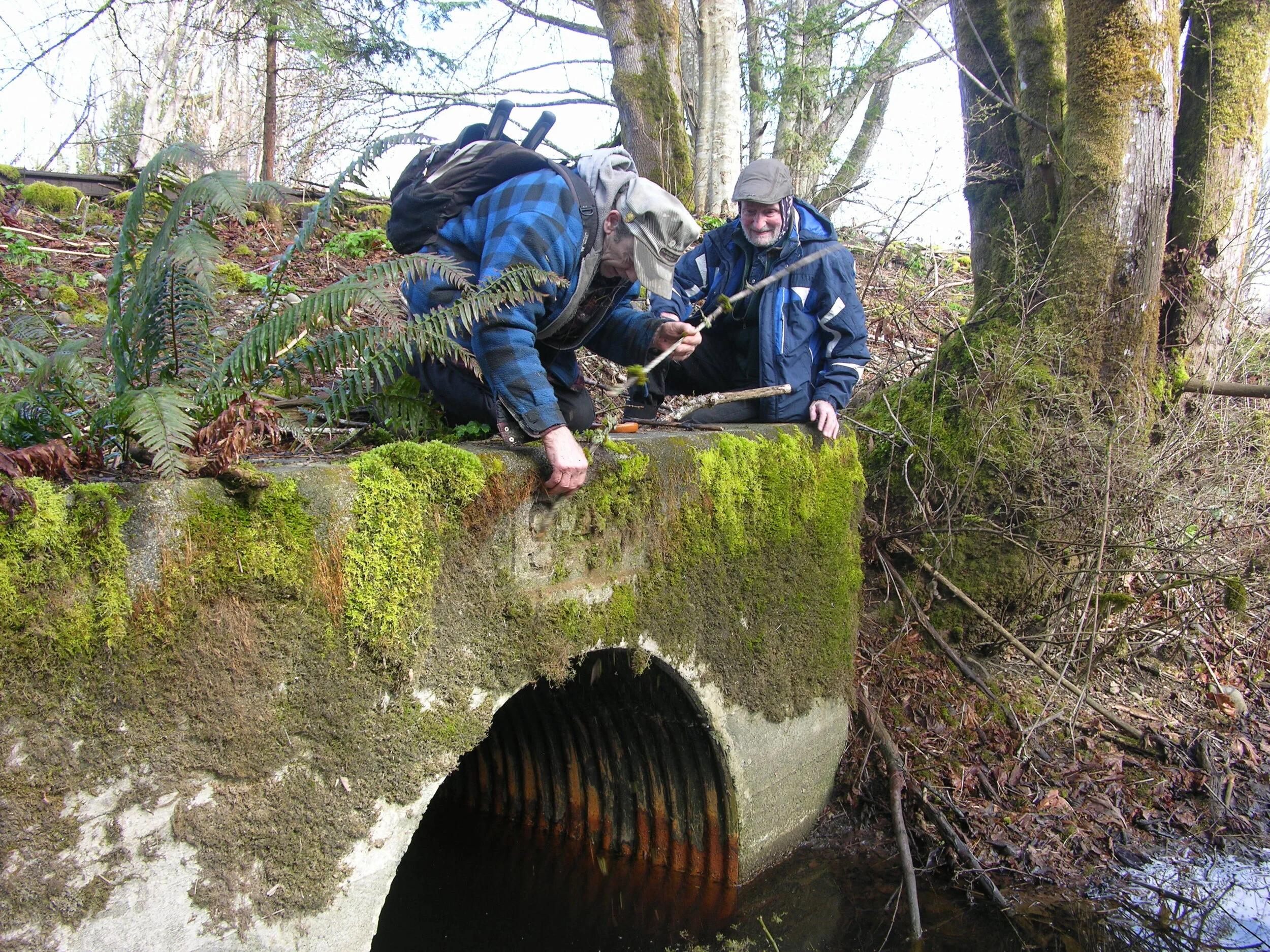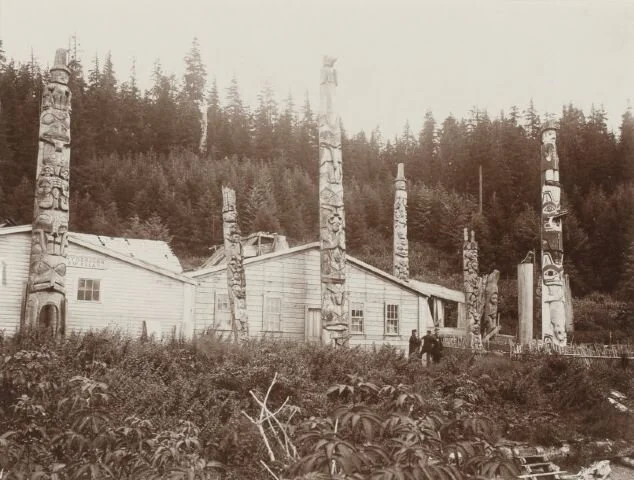I’ll start by flat out admitting that I’ve ‘borrowed’ this great title from authors and historians Ian Baird and Peter Smith. Several years ago, under this title, they published a ‘hiking and biking’ guide book to abandoned railways on southern Vancouver Island.
These included the two major former railway grades in the Cowichan Valley which are now the Cowichan Valley and Trans Canada Trails, formerly the E&N Railway extension from Duncan to Lake Cowichan, and the Canadian National Railways mainline from Sooke to Lake Cowichan.
This excellent book is, inexplicably, currently out of print and many outdoor recreationists have consoled themselves with my own contribution to this field, Historic Hikes, Sites ‘n’ Sights of the Cowichan Valley, which is currently undergoing remake.
My own take on hiking and cycling these railway grades had its genesis in my interest in trying to save the Kinsol Trestle from demolition. That, happily, came to fruition and the result is, according to the latest report from the Cowichan Valley Regional District’s parks department, half a million TCT users last year!
But my introduction to the CNR goes way back, to my childhood in Saanich. I grew up one house removed from the Saanich spur; originally it run all the way to Patricia Bay as the mainline but in my day it had been cut back to Cedar Hill Crossroad to, occasionally, accommodate the Sidney Roofing Co. Then it was cut back to Borden’s Mercantile and Growers Winery on Quadra Street.
Today this stretch of the CNR (originally the Canadian Northern Pacific) is part of the phenomenally successful Galloping Goose Trail.
But for me and my friends, just hiking or biking the old grades, and I’m including logging and mining railways, isn’t enough. Sure, the great outdoors, fresh air, exercise and scenery are great—icing on the cake—but what we’re looking for is treasure.
By which I mean, we’re looking for history. And if it’s there to be found, it isn’t in the middle of what’s now a well travelled trail! It’s in the bush, off to each side of the grade.
Of the half million hikers, cyclists and equestrians who enjoyed the TCT last year, how many had so much as a clue that, a century ago, there were small logging communities scattered along much of its length to Lake Cowichan? Bennalleck, to name one, even had a school. It and the others—Camscot, Scottish Palmer, Camsell, Chanlog, to name just five—are long gone now; not even the second- and third-growth trees were there in the ‘20s.
So, yes, these historic sites are overgrown with little in the way of ruins to show for their passing. But they still have their stories to tell and that’s what our ‘bushwhacking’ is all about—seeking them out and learning about them firsthand.
In short, we’re following what Baird and Smith have called the Ghosts of the Grade. I’ll tell you more next week.
* * * * *
Photo: Doug McLeod and Bill Irvine check out date of culvert (1947) on abandoned E&N Crofton Spur.
Read More




















